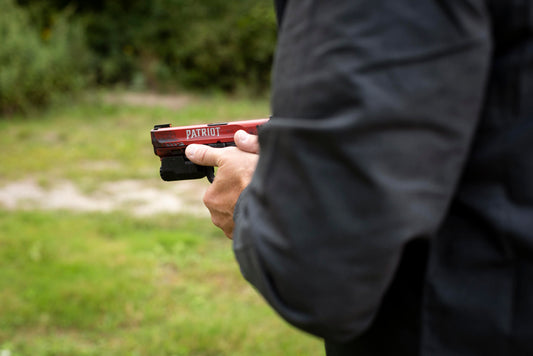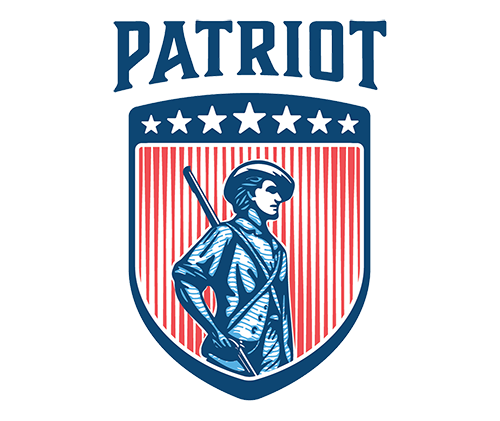Announcements, News, & Thoughts

Dry Fire: A Valid Training Method?
For purpose of definition, the terms dryfire and dry practice, in relation to firearms, means squeezing the trigger and manipulating a firearm without the presence of live ammo. The term...
Dry Fire: A Valid Training Method?
For purpose of definition, the terms dryfire and dry practice, in relation to firearms, means squeezing the trigger and manipulating a firearm without the presence of live ammo. The term...
Slide Stop vs Slide Release
This topic has been at the center of many (sometimes heated) debates among the gun community for decades. I am tackling this debate head-on: In this article, we are looking...
Slide Stop vs Slide Release
This topic has been at the center of many (sometimes heated) debates among the gun community for decades. I am tackling this debate head-on: In this article, we are looking...
Training Decisions… Red Pill or Blue Pill?
Training Decisions… Red Pill or Blue Pill Most of us are familiar with the pop culture movie trilogy the “Matrix”. In the first installment of the three movies, the...
Training Decisions… Red Pill or Blue Pill?
Training Decisions… Red Pill or Blue Pill Most of us are familiar with the pop culture movie trilogy the “Matrix”. In the first installment of the three movies, the...
